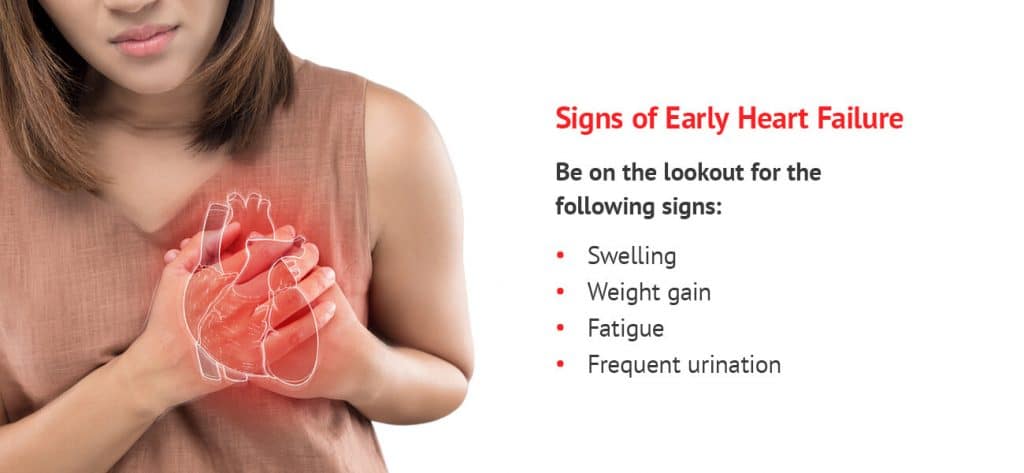There are several types of medications used to treat diabetes, including those that lower blood sugar levels. The best medication for an individual depends on various factors, such as the type of diabetes, overall health, and other medications being taken. It is essential to consult a healthcare provider for proper evaluation and recommendation of medication.
There are many reputable pharmaceutical companies that manufacture medications for diabetes, including Novo Nordisk, Sanofi, Eli Lilly and Company, Merck & Co., AstraZeneca, and Pfizer, among others. These companies produce various medications for diabetes, such as insulin, metformin, sulfonylureas, DPP-4 inhibitors, GLP-1 receptor agonists, SGLT2 inhibitors, and more.
high blood sugar levels can often be controlled with medication. There are several types of medications available for the management of high blood sugar levels, including insulin, oral medications like metformin, sulfonylureas, DPP-4 inhibitors, GLP-1 receptor agonists, SGLT2 inhibitors, and others.
However, it is important to note that medication alone is not always sufficient to manage high blood sugar levels effectively. Lifestyle changes, such as a healthy diet, regular exercise, and weight management, are also essential for controlling blood sugar levels.
It is important to note that while medication can be helpful in managing diabetes, it should always be used in conjunction with healthy lifestyle choices, such as regular exercise and a balanced diet. Additionally, medication should only be taken as prescribed by a healthcare provider, and any questions or concerns about medication should be discussed with them.







